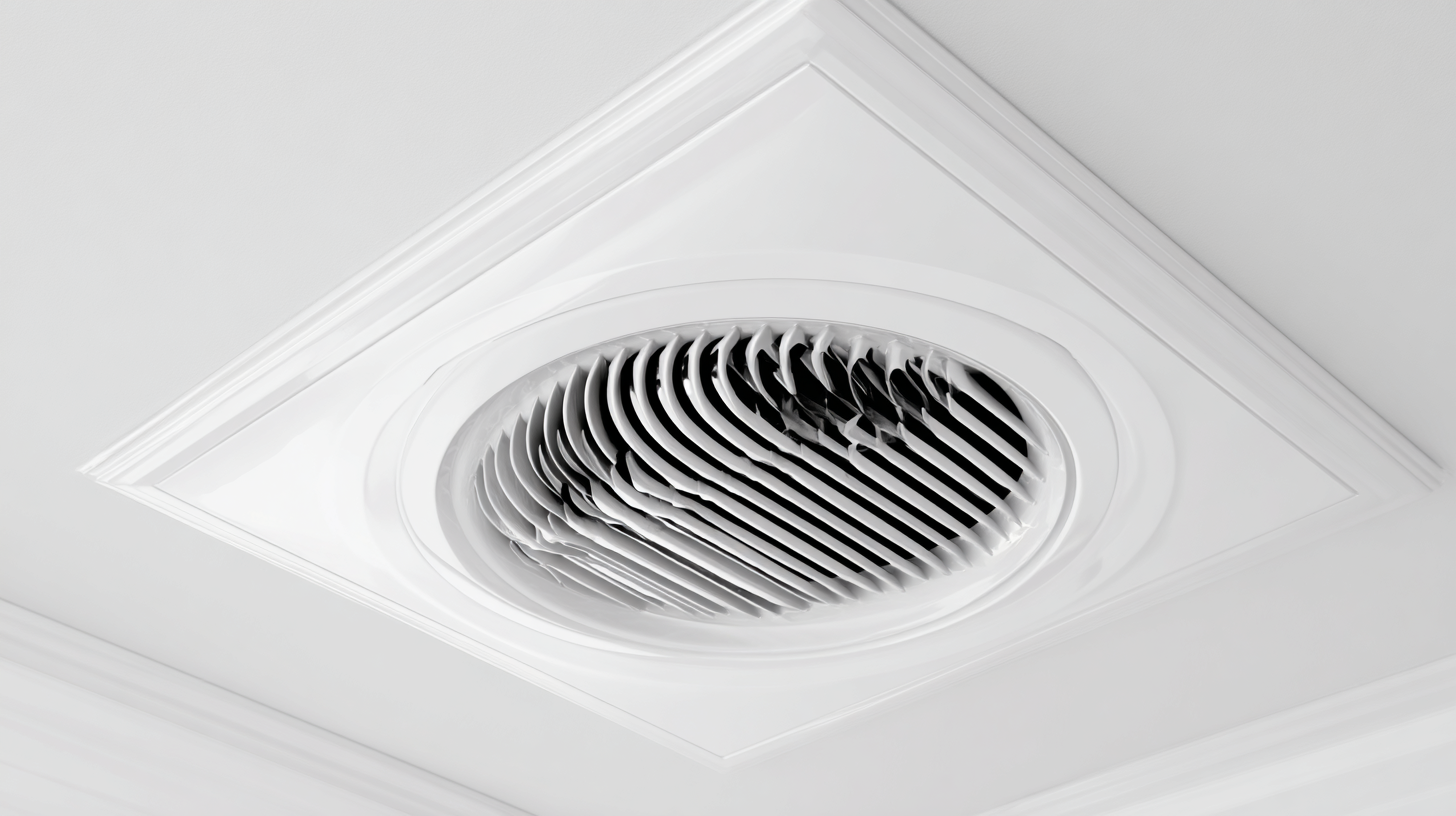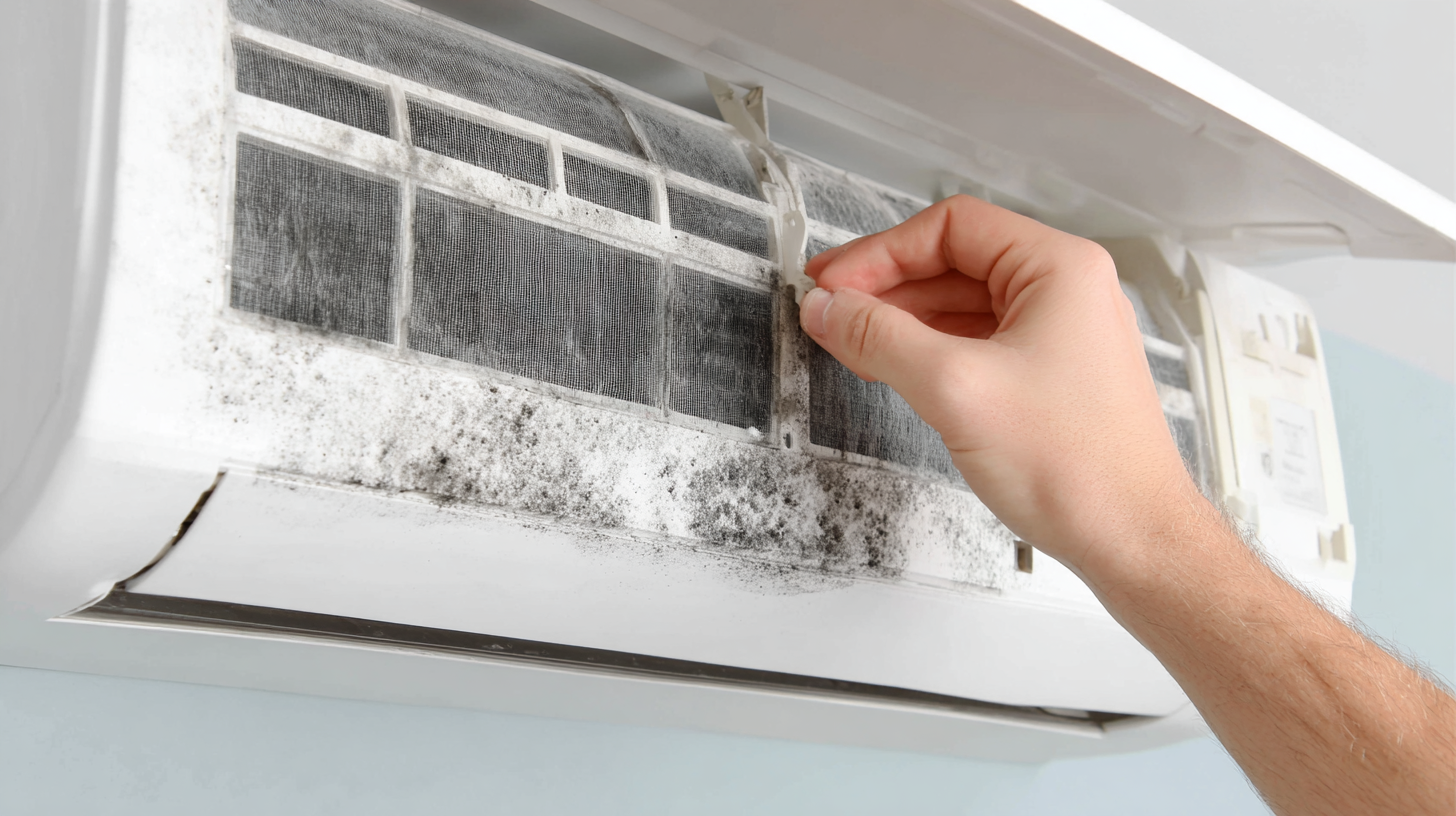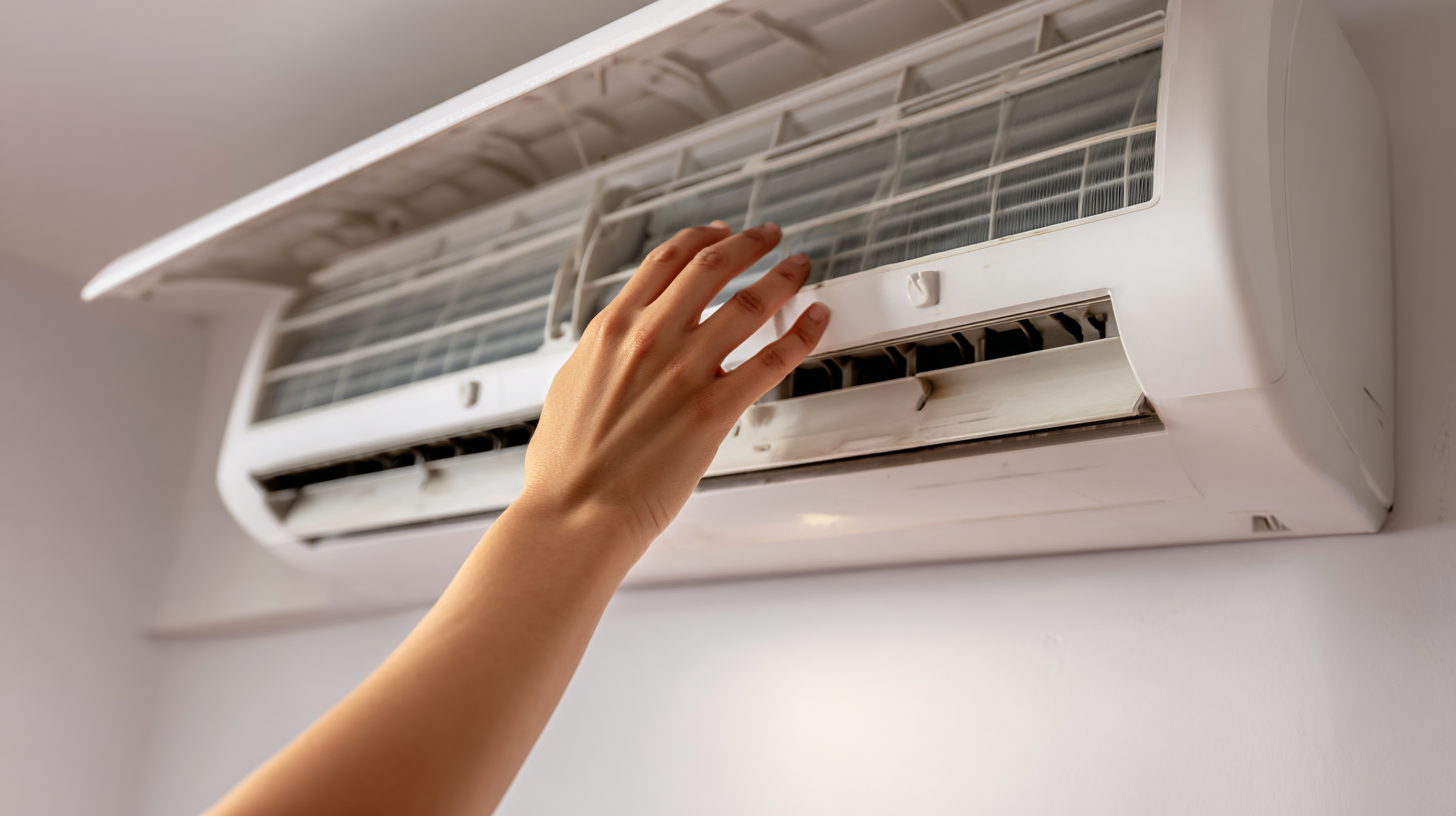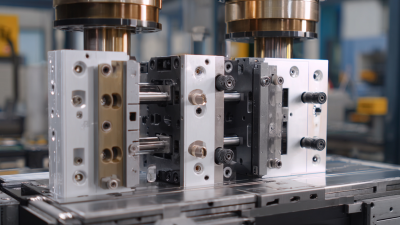Indoor air quality has become a paramount concern for homeowners, particularly with the increasing prevalence of air conditioning vent mold. According to the Environmental Protection Agency (EPA), indoor air can be significantly more polluted than outdoor air, with mold being one of the key contributors to respiratory issues and other health problems. A study by the World Health Organization (WHO) highlights that mold can trigger asthma and allergic reactions, showing the urgent need for effective mold management techniques in our homes. Furthermore, the presence of mold in air conditioning systems not only hampers efficiency but can also lead to costly repairs and health-related expenses.

With the right knowledge and strategies, homeowners can effectively tackle air conditioning vent mold, ensuring a healthier living environment and promoting better overall well-being. This guide aims to provide actionable steps to identify, remove, and prevent mold growth in air conditioning vents, ultimately fostering cleaner air quality in our living spaces.
Identifying signs of mold in air conditioning vents is crucial for maintaining healthy indoor air quality. Mold can thrive in damp environments, and air conditioning systems often provide the perfect breeding ground if they are not properly maintained. Homeowners should be vigilant for symptoms indicating mold growth, such as musty odors when the air conditioning unit is running. Additionally, visible discoloration around the vents or on the air filters can signal a mold problem that needs immediate attention.

Regular inspections of air conditioning components can help catch mold issues early. Checking for moisture accumulation around vents and filters can prevent larger health concerns down the line, as mold exposure has been linked to respiratory problems like asthma. It's advisable to utilize home mold test kits to assess air quality if there are persistent allergies or respiratory symptoms. Taking proactive measures against mold in air conditioning vents is essential for promoting a healthier living environment.
When it comes to tackling mold growth in air conditioning vents, having the right tools and materials is crucial for an effective cleanup. According to the Environmental Protection Agency (EPA), indoor air can be two to five times more polluted than outdoor air, mainly due to airborne mold spores and other contaminants. To ensure a healthier indoor environment, it is essential to equip yourself with the proper resources before diving into the mold removal process.
Essential tools for mold removal include a high-efficiency particulate air (HEPA) vacuum, which is specifically designed to capture fine particles such as mold spores and allergens. Additionally, a mold-specific cleaner that contains fungicides will help eliminate any existing mold while preventing regrowth. A pair of rubber gloves, safety goggles, and an N95 respirator mask are also necessary protective gear to safeguard against inhalation of harmful spores during the cleaning process.
The Centers for Disease Control and Prevention (CDC) recommends maintaining indoor humidity levels below 50% to inhibit mold growth, reinforcing the importance of using a dehumidifier where necessary. By being prepared with these essential tools and materials, homeowners can effectively combat mold issues in their HVAC systems, ensuring a healthier airflow throughout their living spaces.
Cleaning air conditioning vents is essential for maintaining healthier indoor air quality, as mold growth can significantly impact your family's health. According to the Environmental Protection Agency (EPA), indoor air can be two to five times more polluted than outdoor air, primarily due to contaminants like mold spores. To begin the cleaning process, first, turn off your air conditioning system to prevent the spread of mold particles. Carefully remove the vent covers using a screwdriver, and prepare a cleaning solution comprising equal parts water and white vinegar, known for its mold-killing properties.
Next, use a soft brush or cloth to scrub visible mold from the vent interiors. A study published in the Journal of Environmental Health found that regular cleaning of HVAC systems can reduce airborne mold levels by approximately 30%. For deeper cleaning, consider using a vacuum with a HEPA filter to capture fine particles and molds that might not be visible. After cleaning, thoroughly dry the vents before replacing the covers to prevent moisture buildup, which is a key factor in mold growth. Regular maintenance of your air conditioning system, including filter changes every one to three months, can significantly enhance indoor air quality and reduce mold-related health risks.

Preventing mold growth in air conditioning vents is critical for maintaining healthier indoor air quality, especially in light of recent initiatives to enhance water damage restoration services. Damp environments are susceptible to mold, which can significantly affect both air quality and overall health. According to the Environmental Protection Agency (EPA), indoor mold can lead to a range of issues including respiratory problems, allergic reactions, and other health conditions. It is essential to manage humidity levels, ideally keeping them below 60%, to reduce the risk of mold proliferation.
One effective preventive measure is to ensure proper maintenance of HVAC systems. Regular inspections and cleanings can eliminate any moisture buildup that may foster mold growth. Additionally, utilizing air purifiers equipped with HEPA filters can help trap mold spores and other allergens, promoting a healthier indoor environment. Recent studies show that integrating smart humidity control systems can further aid in maintaining optimal moisture levels, thereby preventing mold before it becomes problematic. Emphasizing the importance of mold prevention during designated awareness months can also help educate homeowners about the necessary steps they can take to safeguard their living spaces.
| Preventive Measure | Description | Frequency | Effectiveness (%) |
|---|---|---|---|
| Regular Cleaning | Clean air conditioning vents at least once a month to reduce mold buildup. | Monthly | 85% |
| Humidity Control | Maintain indoor humidity levels below 60% to prevent mold growth. | Continuous | 90% |
| Air Filters Replacement | Replace or clean air filters regularly to ensure proper airflow. | Every 3 months | 80% |
| Leak Detection | Check for and repair leaks in ducts or units to prevent moisture accumulation. | As needed | 75% |
| Ventilation Improvement | Ensure proper airflow in the HVAC system for moisture control. | Continuous | 85% |
Maintaining healthy indoor air quality post-cleaning is crucial for ensuring a safe and comfortable living environment. After removing mold from air conditioning vents, it’s essential to continue monitoring and maintaining the air quality. According to the Environmental Protection Agency (EPA), indoor air can be up to five times more polluted than outdoor air, often due to mold spores and other particulates. Regular maintenance, such as replacing air filters every three months, can significantly reduce the reoccurrence of mold and improve overall air quality.
Furthermore, using a dehumidifier can help maintain optimal humidity levels in your space, ideally between 30% and 50%. The American Society of Heating, Refrigerating and Air-Conditioning Engineers (ASHRAE) emphasizes that controlling humidity is important in preventing mold growth. Additionally, incorporating plants known for their air-purifying capabilities, such as spider plants and peace lilies, can aid in reducing airborne contaminants. By implementing these measures, you can create a healthier indoor environment and reduce the risk of respiratory problems associated with poor air quality.
This chart illustrates the significant reduction in mold spore count before and after air conditioning vent cleaning. A clean environment contributes to healthier indoor air quality, essential for maintaining good health.






